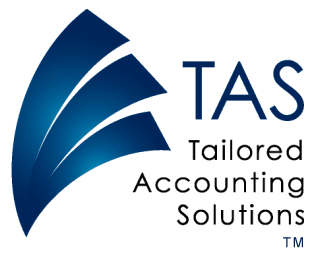Rental property investors have access to a range of tax strategies. One such strategy, which is often underutilised, is claiming depreciation as a tax deduction.
Property expenses, such as depreciation and capital works expenditure, can be deducted over a number years, adding to a significant return for property investors come tax time. Property investors can utilise the services of a qualified quantity surveyor to inspect their property and prepare a depreciation schedule to ensure they are maximising these deductions.
In addition, the cost of a depreciation schedule is tax deductible. A quantity surveyor will focus on two main elements in a depreciation schedule:
Depreciating assets
Rental property investors can claim a deduction for the decline in value of certain items (depreciating assets) acquired as part of the purchase of the property or subsequently purchased for the property. The ATO considers a depreciating asset as an asset that has a limited effective life and can reasonably be expected to decline in value over the time it is used, for example, freestanding furniture, stoves, washing machines and television sets. For assets costing $300 or less, investors can claim an immediate deduction for the entire cost. However, this deduction cannot be claimed if the asset is one of a set of assets that together cost more than $300. Depreciating assets valued at less than $1,000 can be grouped in a low-value asset pool and depreciated together.
Capital works deductions
If you own a residential rental property which was built after 17 July 1985, you may be able to claim capital works deductions for construction cost. Capital works deductions are income tax deductions that can be claimed for expenses such as: • building construction costs – for example, adding a room, garage, patio or pergola • the cost of altering a building – i.e., removing or adding an internal wall • the cost of capital improvements to the surrounding property.
These deductions are usually spread over a period of 40 years. A deduction may also be available for structural improvements, such as sealed driveways and retaining walls, if work began after 26 February 1992. Depending on the date the capital works began, the deduction rate is 2.5 per cent or 4 per cent (adjusted for part-year claims).Capital works deductions can only be claimed for the period in which the property is rented or is available for rent and cannot exceed the construction expenditure.
If you have any queries please contact our office on (03) 9728 1448
Have a great day,
The team at TAS Tailored Accounting Solutions
This publication is for guidance only, and professional advice should be obtained before acting on any information contained herein. Neither the publishers nor the distributors can accept any responsibility for loss occasioned to any person as a result of action taken or refrained from in consequence of the contents of this publication.
